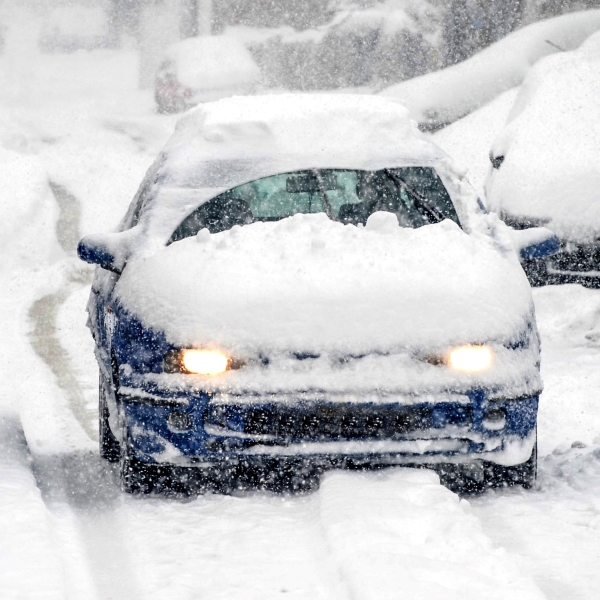AAA Advice Ahead of the Winter Storm
AAA Advice Ahead of the Winter Storm

AAA Western and Central New York has been extremely busy with high call volume that hasn’t seemed to let up recently. While a break in temperatures is expected midweek, a significant snowstorm is possible toward the end of the week. AAA urges the public to heed the advice of local officials and stay off the roads during inclement weather.
Due to the winter weather and the ongoing cold temperatures, AAA reports longer-than-average wait times — both when calling and waiting for help to arrive. The safety of our members is AAA’s number one priority, so our road service providers respond first to those stranded in the most dangerous conditions, while those who are safe at home may see longer delays. To request service as quickly as possible, AAA advises those in need to use the AAA Mobile App or go to www.AAA.com to place a digital roadside request.
Here are some winter tips from AAA:
- Emergency kits are important to have on hand for several reasons. AAA strongly recommends having one in your vehicle.
- A well-stocked emergency kit should include a cell phone car charger, flashlight with extra batteries, first-aid kit, drinking water, extra snacks and food for travelers and pets or reflectors.
- You should also pack traction aids (sand, salt, non-clumping cat litter or traction mats), an ice scraper or snow brush, a shovel and plenty of warm gloves, clothes, hats and blankets for all passengers in your car..
- If your car breaks down at night, reflectors will help oncoming traffic see you better and extra food and water will come in handy if you are stranded somewhere remote, where help may take longer to arrive.
- If you are stranded – it is safest to stay in your vehicle until help arrives. If your vehicle will start, to conserve fuel, turn your vehicle off and periodically turn it on for 15-20 minutes to warm up the interior. Then shut it off for 30 – 45 minutes before starting again. Avoid using accessory mode (i.e. to listen to radio) when the vehicle is not running.
- Motorists should:
- Clean your headlights, replace old wiper blades and inspect the tread depth and pressure of tires. Good visibility and traction are critical when driving through winter storms or on icy roads.
- Avoid using cruise control in slick conditions and avoid making unnecessary lane changes – which increase the chances of hitting patches of ice between lanes.
- Slow down and allow three times more space than usual between your car and the car in front, especially when driving in snow, sleet or ice.
- Brake and slow down in advance of approaching a red light or stop sign – spots where ice often forms – to minimize the possibility of braking on ice. If you hit a patch of ice and begin to skid, try to stay calm and resist the urge to slam on the brakes. Instead, look where you want the car to go and steer in that direction.
- Slow down and move over if you see a first responder or tow truck driver at the side of the road. It’s the law in 50 states and is intended to keep these individuals safe as they work to rescue others.
- AAA recommends checking with your travel agent or travel provider for cancelation policies and itinerary changes.
- Travelers should heed all official advisories and orders.
- If traveling, it is important to monitor weather conditions regularly, for departure city and destination.
- If you have hotel reservations, check with your hotel for local updates on the storm’s impact.
- If you are flying, check with your airline on their change fee and rebooking policies and:
- Check your flight status before leaving for the airport.
- Consider signing up for text or mobile alerts from your airline for the latest flight information.












